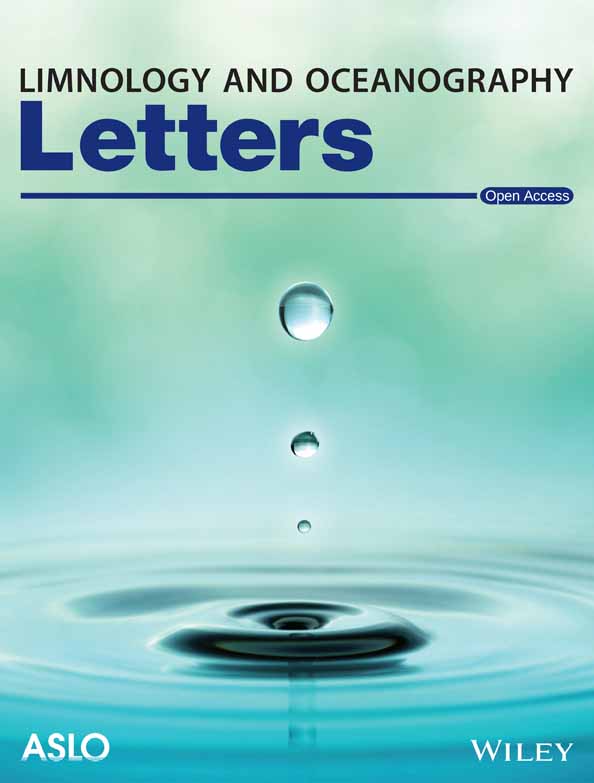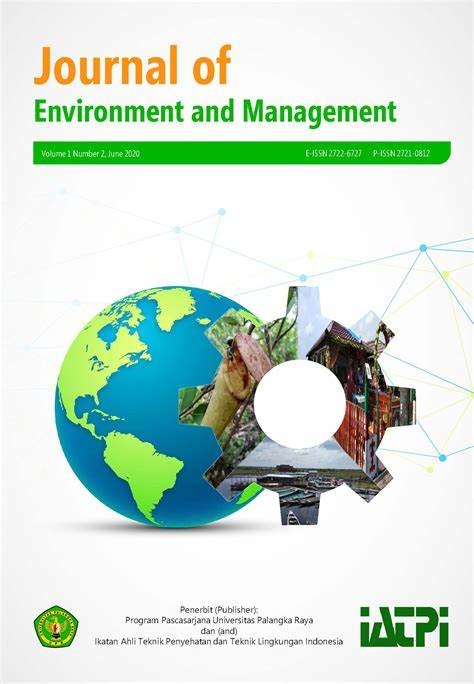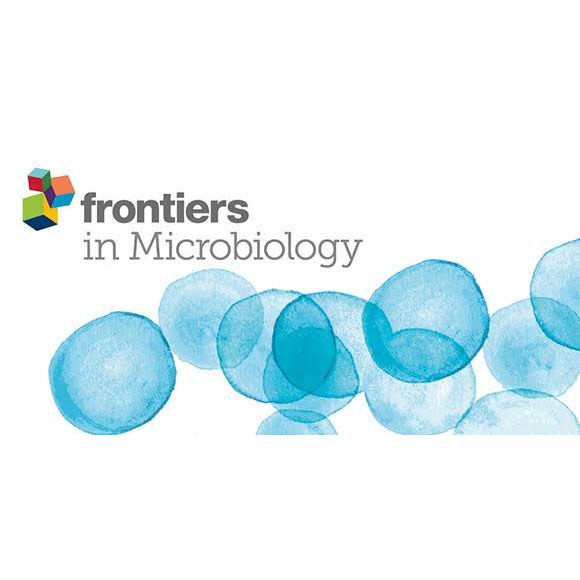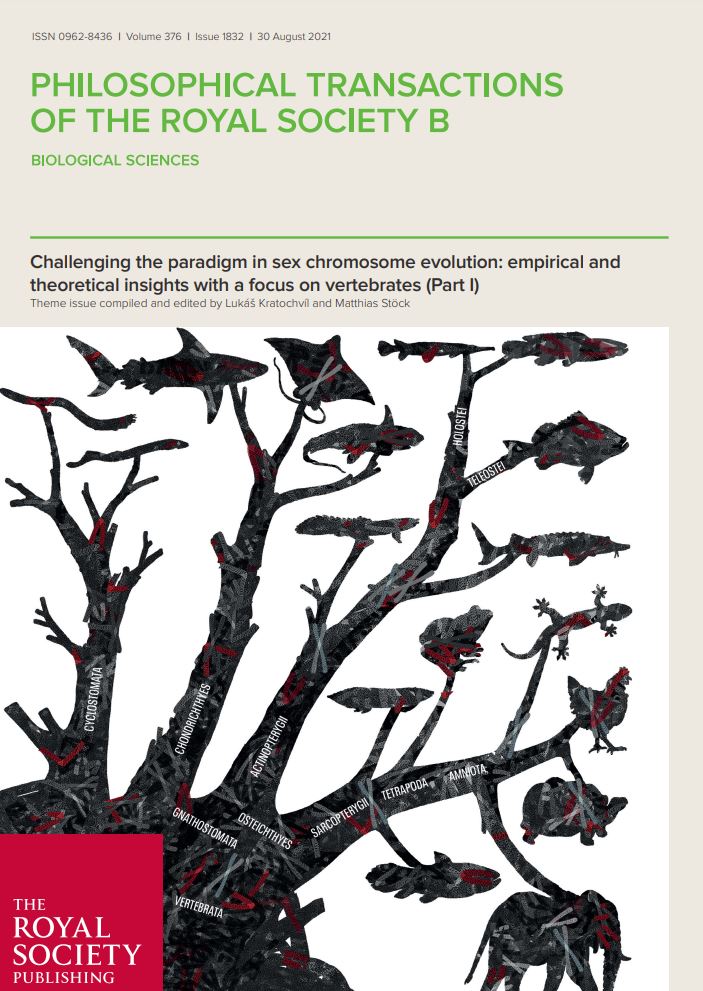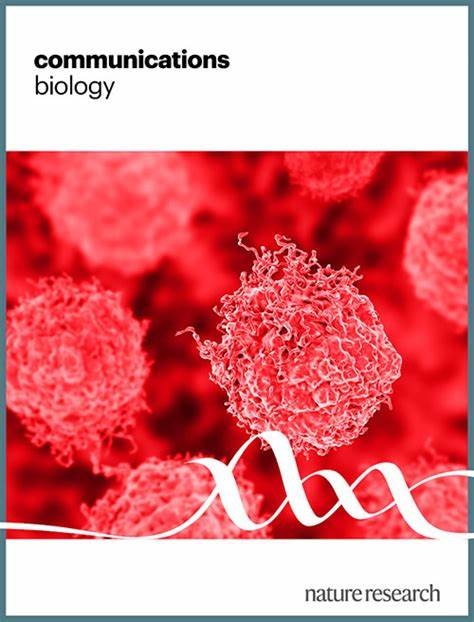- Programme area:1) Biodiversity in a Changing World
Unleashing the power of remote sensing data in aquatic research: Guidelines for optimal utilization
The study aimed to elucidate the tradeoffs for the utilization of remote sensing data in limnological studies with an example based on the estimation of chlorophyll a due to its importance as a water quality indicator. Assessing atmospheric correction and product limitations ensures alignment with the limnological study.
Monitoring, trends and impacts of light pollution
The "Night Watch" consortium has compiled studies that use satellite images and star observations to analyse how artificial light is changing our night sky and nocturnal environments. Almost 50 per cent of the earth's surface is affected by light pollution, with natural darkness being outshone by a factor of up to several thousand. And light pollution is increasing: 2-10% each year.
Human activities-impacted lake dissolved organic matter (DOM) affects phycosphere microbial diversity and DOM diversification via carbon metabolism
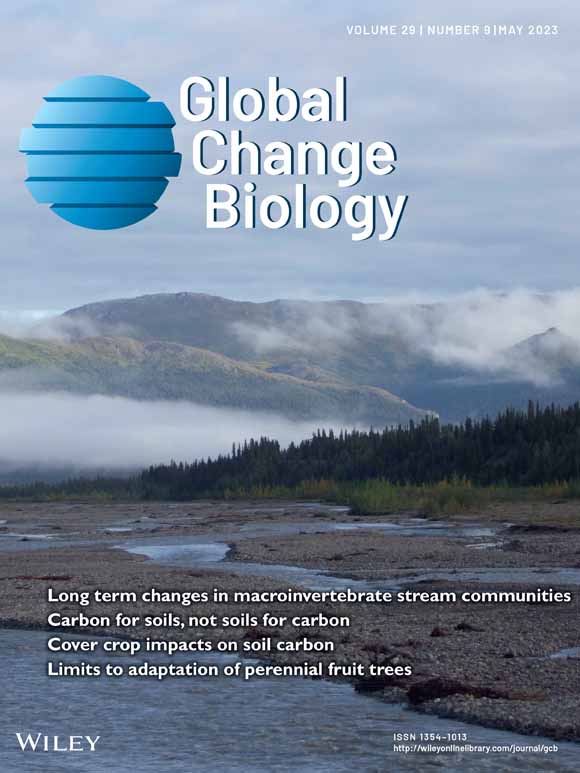
Antibiotic resistance genes: A global change factor
Microbial remineralization processes during postspring-bloom with excess phosphate available in the northern Baltic Sea
Seasonal dynamics of free-living (FL) and particle-attached (PA) bacterial communities in a plateau reservoir

Analytical methods for quantifying PS and PVC Nanoplastic attachment to activated sludge Bacteria and their impact on community structure

Metabarcoding reveals potentially mixotrophic flagellates and picophytoplankton as key groups of phytoplankton in the Elbe estuary
Dispersal evolution alters evolutionmediated priority effects in a metacommunity
Reducing the fatal attraction of nocturnal insects using tailored and shielded road lights
In a transdisciplinary study, a research team led by IGB has developed insect-friendly street lighting and tested it in the Dark Sky Reserve Westhavelland as well as in three German municipalities. Tailored and shielded street lamps make the light source almost invisible outside the illuminated area and significantly reduces the lethal attraction for flying insects in different environments.


